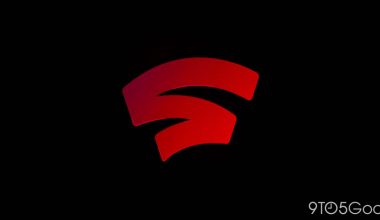That represents a significant difference, obviously. Even after testing the brightness, ComputerBase found that the phone was unable to even come close to 1,200 nits. This generated a lot of responses, so Nothing made the decision to set the record straight. To help matters calm down, the corporation made the decision to provide an explanation.
There is no proof that the original phone’s (1) screen brightness specification was accurate, but what’s the main idea? The business asserts that the original 1,200 nits specification was true, but that due to software restrictions, the phone’s brightness cannot exceed 700 nits.
Advertisement Talking to Android Central did not add the following: This choice was made to guarantee a balanced user experience in terms of battery usage and heat generation.
The business also stated that under typical circumstances, a maximum brightness of 500 nits is permitted. That is dependent on the setting and information being displayed on the phone. Nothing changed the fact that the phone’s maximum brightness in auto brightness setting in bright lighting conditions is 700 nits.
The range of 700–1,200 nits is regarded as a special mode that can be attained by software improvements. At the moment, the Nothing Phone (1) is unable to do it. Nothing made it clear whether an update was intended to fix that.
Advertisement AT THIS TIME, THE PHONE CANNOT GO OVER 700 NITS. Therefore, despite Nothing’s assertions that its 1,200 nits brightness specification was correct, the phone is unable to achieve that at the moment. The Nothing Phone (1) can produce a maximum of 700 nits when the auto brightness setting is used.
In the future, it would be wonderful if Nothing made an update that increased the brightness. Although this is not a top-tier flagship, having that choice would be helpful, even if it were only a distinct setting.







